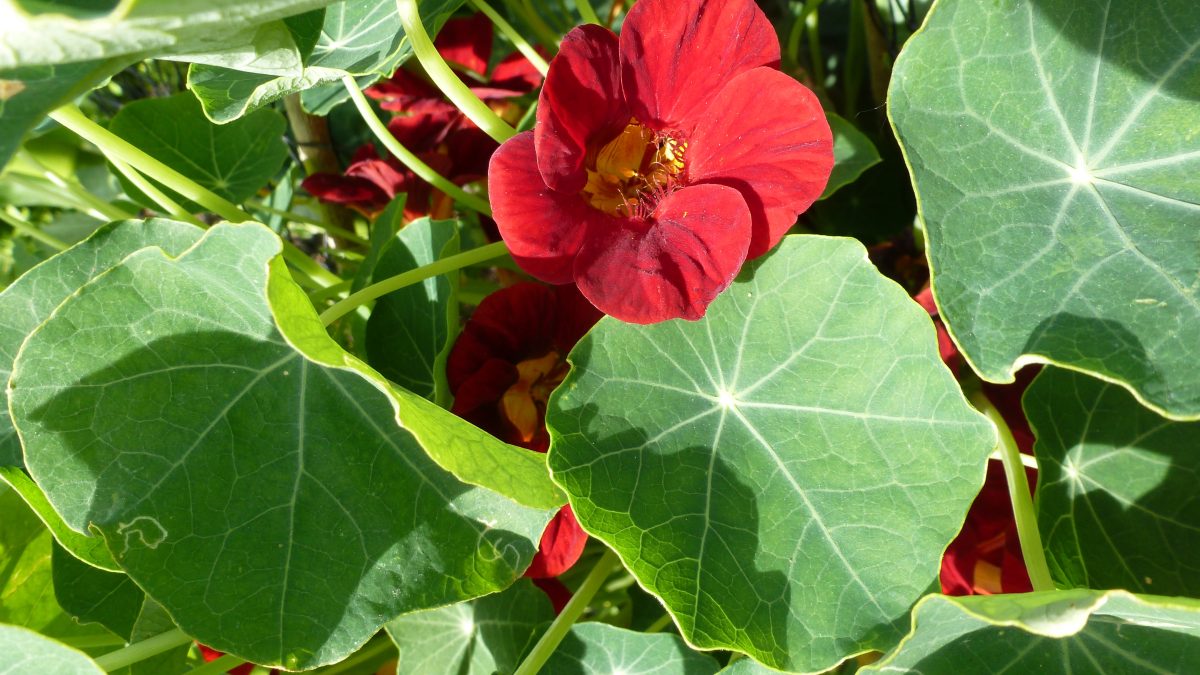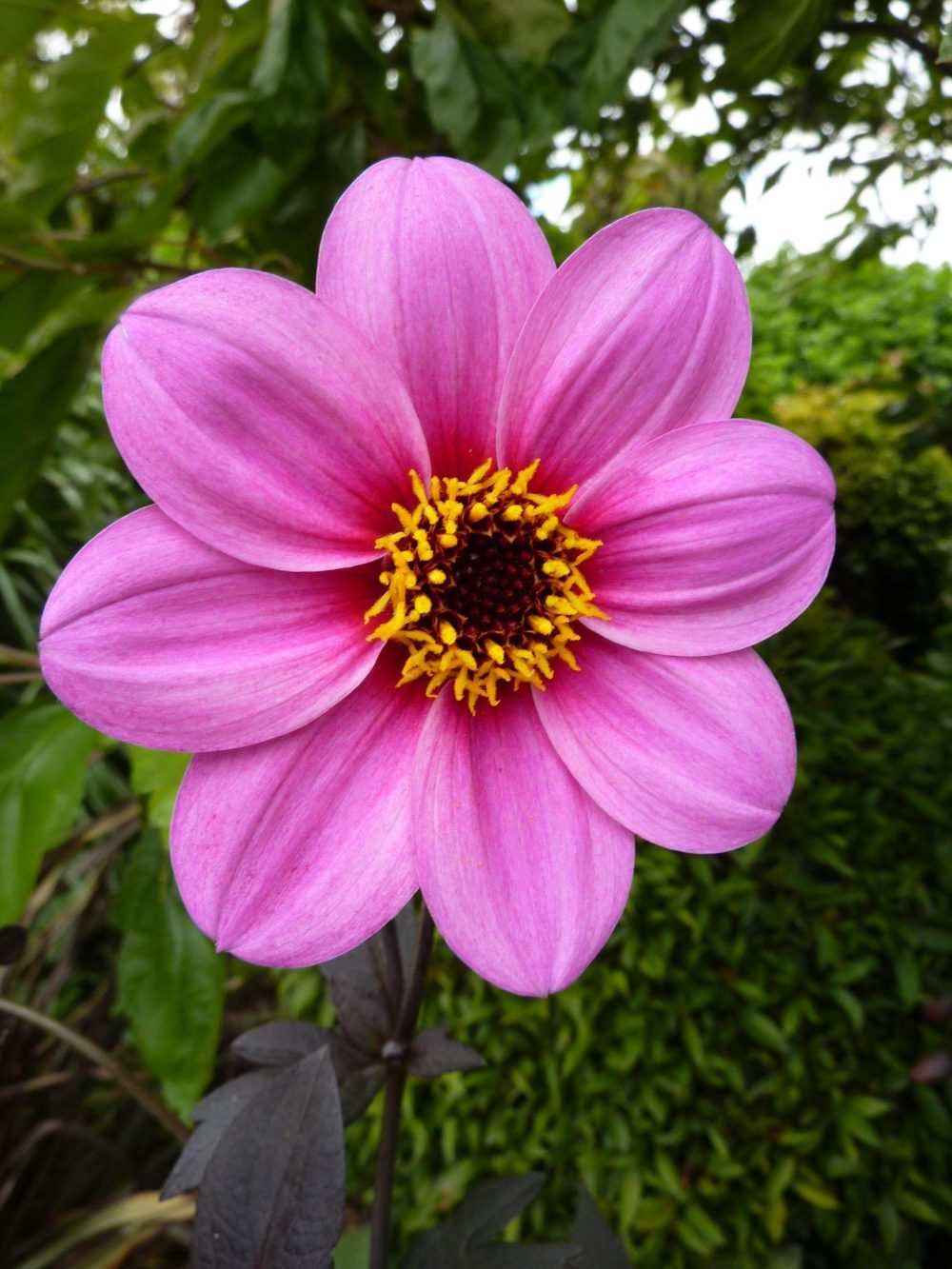
Gone to Seed
Gone to Seed,
As our clocks head forward and the temperature rises Spring really starts licking her lips. Flowering bulbs are showing off, the first round of blossom bursts forth and those early flowering perennials become a meal ticket to any passing pollinator.
I really love this time of year. The zesty, zippy colours of freshly emerging foliage can’t be matched for its ebullience. The rate of growth of established plants is frankly quite startling and the very air reeks of possibility.
At this time of year opportunity also knocks. There will be inevitable gaps in the garden where plants have failed, or bulbs diligently planted will have succumbed to a greedy squirrel or rotted in a patch of London clay. These spaces haven’t been planned, so need a measured and relatively quick response if one is to take advantage of the coming season.
You could take the opportunity to sow seed. Especially if you are looking for an economical way to boost your plant numbers. There is a myriad of options for a quick fix. Choose an annual as they sprout, grow, flower and set seed within a year. They are fast growing and there will something that thrives in most areas of your garden. Many can be directly sown in the area you wish them to flower. Nigella (love-in-a-mist), Calendula (marigold) cornflowers, poppy and Cerinthe (honeywort) will all grow where you throw. They will also self-seed lapse-a-deistically round your garden but are easy to harvest if you prefer to be in control of where they pop up next year.

If you are truly organised annuals can be sown the year before, but you need half hardy or hardy annuals to guarantee success. Tender annuals should be grown in a green house and need a bit more mollycoddling. The advantage of sowing the year before is larger plants that are ready to fill a space the moment you need it. Direct sowing may take a little longer, but the plants will soon grow into their space.
Salad crops can be a great addition to the border. There are some fantastic leaves that look as good in your garden as they do on your plate. The flower of rocket is particularly delicious to look at when it bolts. Choose heritage varieties and you will be harvesting year on year.

Dahlias are another stella addition to the garden gap. Pot them up in March and they will be ready to plant a few weeks later. They will also flowery until the first frosts, Which, in London may be as late as December. They are perfect for cutting too so will cheer up inside as well as out. Dahlias flower in all shapes and sizes. I pulled one out of a client’s compost bin and watched it slowly engulf two meters of my garden before it flowered. We call it big bertha as we have no idea of the cultivar. Allow yourself to be utterly seduced by the ‘pom pon’ or ‘cactus’ ‘semi cactus or ‘ball’ but select a few singles as these are the only ones that pollinators can access. The ‘Bishops’ varieties have a dark coppery foliage so add an extra dimension to the border.
Summer and autumn flowering bulbs are great space fillers too. The big draw about them is their small footprint. They can be slotted in when the borders are looking fuller, but you know will need a top up. My favourite is the gladioli. You can channel Dame Edna with brash and bolshy colours that will give you up to a meter of height or more on a narrow spike. A true exclamation mark! Plant them in March and they are soon poking their noses out. They emerge gracefully before bursting forth in blousy fanfare. If you are feeling more restrained but like the idea, try the species gladiolus papilio ‘Rubra’ which is particularly refined.

And for a sure-fire autumn swan song select nerine bowdenii. It needs to be baked and won’t tolerate waterlogging. So, if your garden is sat on a bed of London clay (aren’t they all?) opt for pots instead. Plant 3-5 close together -they love to be pot bound. And leave the neck of the bulb on show. I top dress with grit to keep the stable until they root, and they seem to cope well with that. They thrive on neglect,barely need anything other than rain water and can be moved out of sight when they are over. Just remember to put them back in the sun the following spring.
Before you know it its autumn again and time to try different bulbs in different places. But keep some seeds back as you know there will be a place for them next year.
Suppliers:
Seeds: The Heritage Organic Seed Company
Seeds and bulbs: Sarah Raven
Bulbs: Jacques Amand International
- Author
- Mark Cummings
- Photographer
- Mark Cummings
